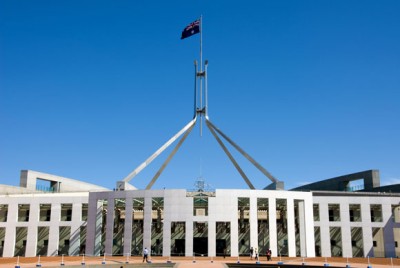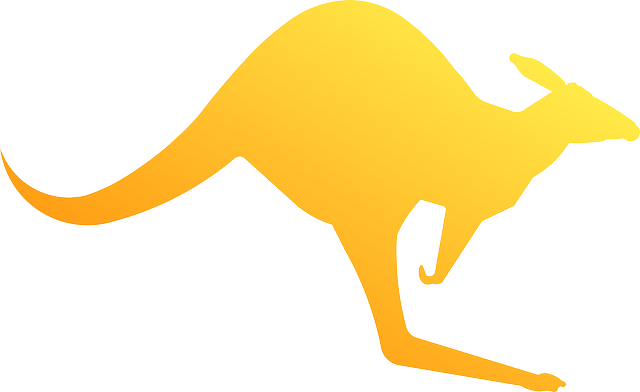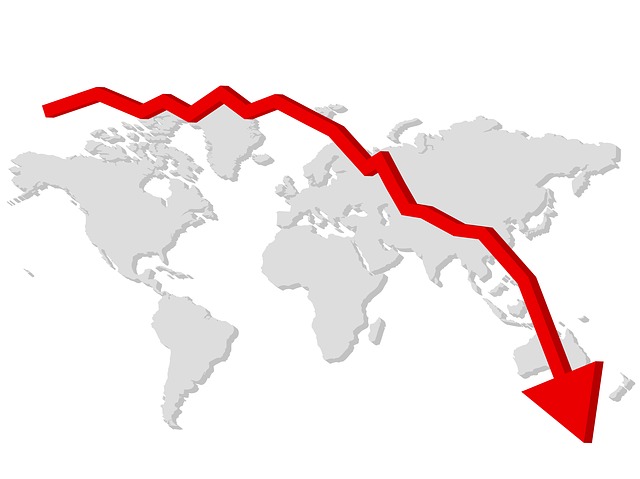
When it comes to investing, everyone wants to beat the market. Unfortunately it’s more difficult to do than you might think – especially over the long term. Aiming to match the returns of a particular asset market is more achievable – and it’s an approach that can also mean lower costs.
A popular way to invest in Australia is through a managed investment fund, and while there are many hundreds of funds to choose from, they can be broadly divided into two main camps.
‘Actively’ managed funds aim to better the returns of a given investment market. ‘Passively’ managed funds, on the other hand, are designed to match the returns of a specific market as measured by a particular index like, say, the S&P/ASX 200. This is why they are also known as ‘index’ funds.
It seems logical to think that actively managed funds would dish up higher returns than an index fund – and some do, but definitely not all. However there’s a good reason why even professional fund managers have trouble outperforming the market, and that’s because it’s impossible to consistently pick winning investments. Without the benefit of a crystal ball it’s inevitable that you’ll have losers as well as winners.
As you can imagine there is often lively debate between the actively managed camp and fans of index investing about which style of fund delivers the best results to investors.
In June, S & P Dow Jones Indices settled the issue, for this year at least, with its annual report on the performance of actively managed Australian funds. The results were a mixed bag.
Over the five years to the end of 2013, only 30% of general Australian share funds outperformed the index. Funds that invest in smaller Australian listed companies (or ‘small cap’ equities), fared better – the majority outperformed the market over the last five years. Among international share funds, less than one quarter outperformed the index over the 5-year period.
This all goes to show just how challenging it is to second-guess investment markets – especially share markets, which are influenced by a tremendous range of different factors. It should be noted that ‘underperforming the market’ doesn’t necessarily mean investors copped a loss, it just means they didn’t do as well as the market generally.
That said, all managed funds charge fees, and you can expect to pay higher fees with an actively managed fund than an index fund simply because they cost more to run. Ongoing annual fees with an active fund can be around 3.0% compared to as little as 0.2% with some index funds.
All this explains why index funds are becoming increasingly popular, and many of the exchange traded funds(ETFs) listed on the Australian Securities Exchange (ASX) use an indexing strategy. However spreading your money across both types of funds – active and passive, can add diversity to your portfolio and support personal goals.
One other thing the S & P Dow Jones study highlights is the danger of chasing ‘hot’ performers. A managed fund that delivers strong returns in one year can be an also-ran the next, in fact you see this all the time. So when it comes to selecting a managed fund, it pays to look at the fund’s underlying investments, and the sort of fees you’ll be up for.
No one can guarantee strong returns – certainly not consistently, but the cost of investing is something you can control.























































